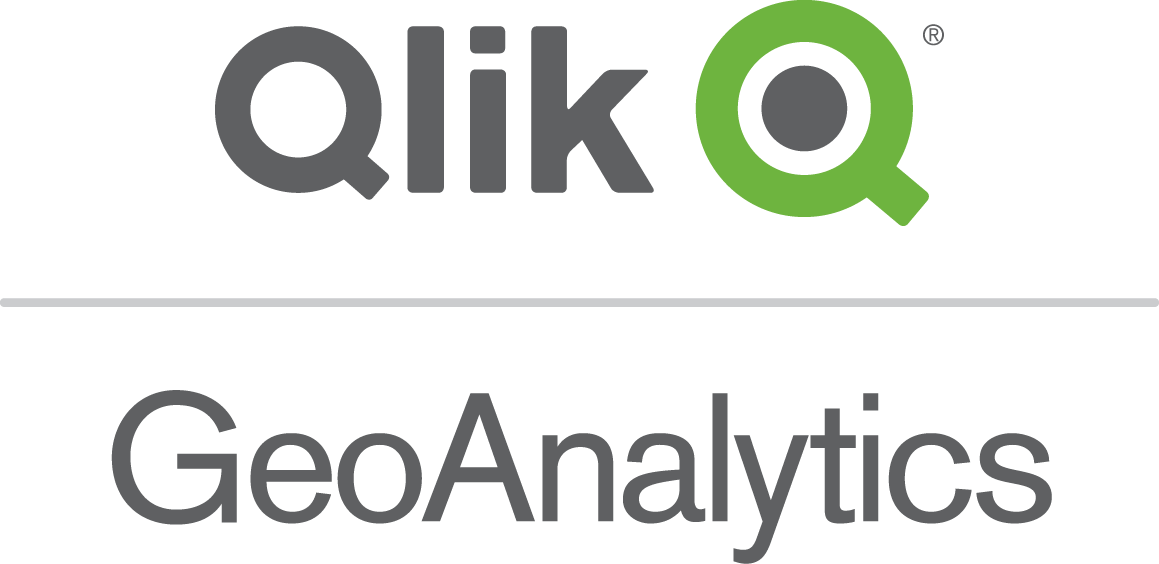Unlock a world of possibilities! Login now and discover the exclusive benefits awaiting you.
- Qlik Community
- :
- Discover
- :
- Blogs
- :
- Product
- :
- Product Innovation
- :
- Qlik GeoAnalytics: Gaining new insight into your ...
- Subscribe to RSS Feed
- Mark as New
- Mark as Read
- Bookmark
- Subscribe
- Printer Friendly Page
- Report Inappropriate Content
 Late last year, a major highway in the Boston area changed to be completely electronic. Gone are the toll booth plazas and people. They’ve been replaced by overhead gantries at various points along the highway that read vehicle transponders as they pass underneath. Don’t have a transponder? A camera takes a picture of your license plate and sends you the bill.
Late last year, a major highway in the Boston area changed to be completely electronic. Gone are the toll booth plazas and people. They’ve been replaced by overhead gantries at various points along the highway that read vehicle transponders as they pass underneath. Don’t have a transponder? A camera takes a picture of your license plate and sends you the bill.
The result is a deluge of data on the 100,000+ vehicles that use the highway every day. You can now go online and see that Thursdays and Fridays are the busiest days of the week and very few people go over 75 mph. (they say they won’t use this data to issue speeding tickets. We’ll see…..).
I think this situation is typical of many organizations who are suddenly finding themselves with an abundance of geo-spatial data. But is the highway department taking full advantage of this location-based content? Are they able to not just visualize this data, but fully understand it and how it relates to other information? For example, is there a relationship between traffic volumes and rest stop usage? What effect, if any, does different weather conditions have on traffic speed? Or have their marketing campaigns had an impact on transponder usage in different parts of the state?
Enter Qlik GeoAnalytics. Just like QlikView and Qlik Sense has allowed tens of thousands of organizations to not only visualize their data but better understand it in ways they never thought possible, Qlik GeoAnalytics gives you the same power with your location-related data.
READ MORE: 2017 Dresner Report: Qik Rated #1 for Location Intelligence Capabilities
Qlik GeoAnalytics has already been used by customers in many different situations – determining the best location for a new store based on existing client information, population data and driving distances. Analyzing weather-related insurance claims vs. actual weather data to determine possible cases of fraud. Understanding foot traffic within a store by taking real-time customer tracking data (via cell phone Wi-Fi signals) and overlaying it on an image of the floor plan. There are many different industries and business functions that can take advantage of Qlik GeoAnalytics.
Interested in finding out more? Check out these demos, videos and tutorials. And be careful how fast you drive on the highway because someone may be watching you….
READ MORE: Data Visualization Foundations: Mapping Point Data | Qlik
What’s Cooking @ Qlik
This information and Qlik‘s strategy and possible future developments are subject to change and may be changed by Qlik at any time for any reason without notice. This information is provided without a warranty of any kind. The information contained here may not be copied, distributed, or otherwise shared with any third party.
Qlik GeoAnalytics joined the Qlik product portfolio just a few short months ago through the acquisition of one of our partners, Idevio. We will certainly see more from Qlik GeoAnalytics over the coming year but it is bit too early to share any specifics here. However, we are all very excited to have them as part of the family and look forward to a great year!
READ MORE: Press Release announcing Idevio acquisition
You must be a registered user to add a comment. If you've already registered, sign in. Otherwise, register and sign in.